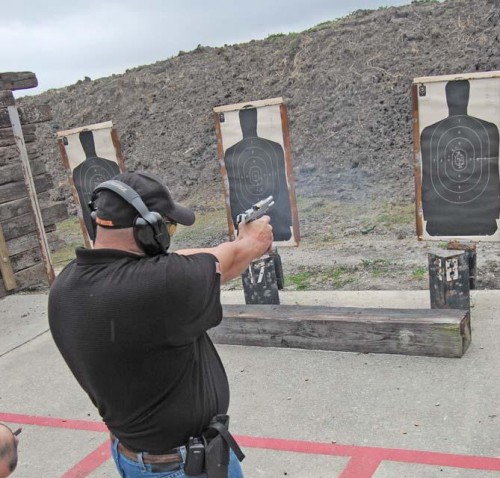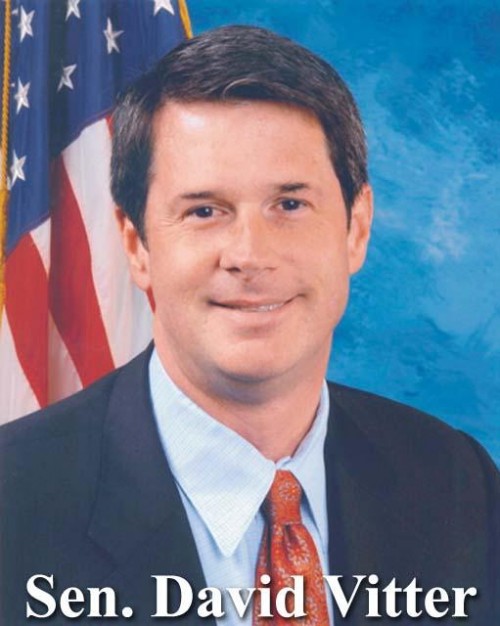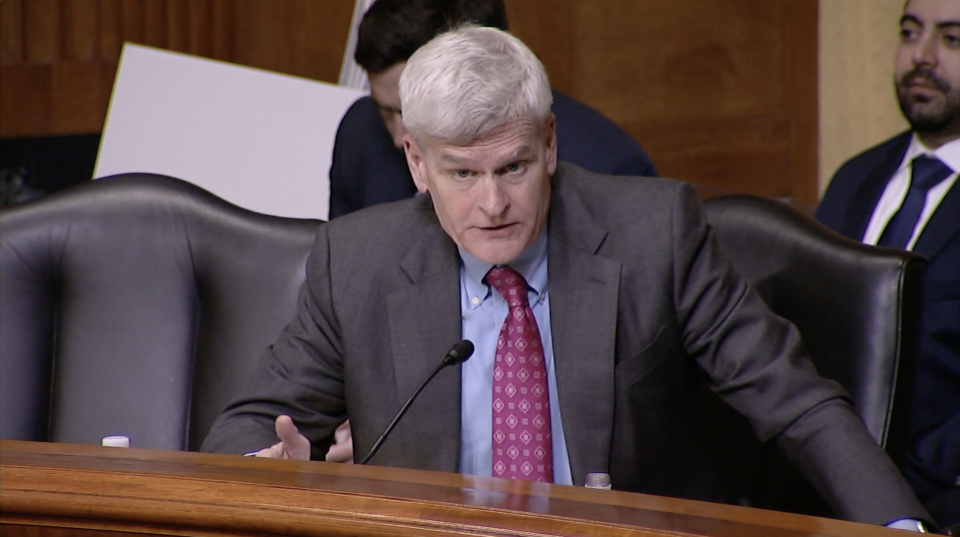Tuesday, Mar. 9
March 9, 2010
Sheriff’s ranges give public a new target
March 11, 2010Levee certification, which is conducted by the Army Corps of Engineers, is crucial to determining homeowners flood insurance rates. When levees are decertified, insurance premiums are bound to rise along with tensions from locals who own homes.
Flood mapping also plays a critical role in figuring the rates, by analyzing which geographic regions are likely to see the most damage or flooding. On the other side of the coin, protection structures outside the corps’ guidelines are quickly being left out on new floodmaps, which could cause further increases to flood insurance rates.
To combat the problem, U.S. Sen. David Vitter introduced a bill last Monday that would block changes to the current flood insurance rate maps in areas where there is an active effort to fix levees, like south Lafourche.
The bill – known as the Community Protection During Levee Recertification Act – would stunt growing insurance premiums during the repairs, “…protecting communities from incurring even greater costs during an already expensive process,” said a release issued by Vitter’s office.
If the measure is approved, increased levee elevation standards would also take a backseat.
The Federal Emergency Management Agency, or FEMA, is in charge of putting together the flood maps and bases elevation standards on the 100-year flood, which is the flood elevation that has a one percent chance of being equaled or exceeded each year. It’s a standard for floodplain management and contributor in determining the need for flood insurance.
“So, if the 100-year flood is going to push [a certain] elevation of water, you have to build above that elevation,” explained Windell Curole, director of the South Lafourche Levee District. “Still, you have to pay for the flood insurance. And with an authorized levee system, that levee system should protect against the 100-year flood.”
The current 100-year flood levels are 14 feet in Golden Meadow and 8 feet in Larose.
While many of the levees that don’t appear on the upcoming maps are being worked on to meet the corps’ regulations, it’s something that takes time, said Curole.
“It’s like anything. If you discover a problem today, you have to get an environmental permit and that, by itself, can take years to get done. Then you have to find the money somewhere, whether that’s local money, state money, or federal money. And then you have to actually construct [the levee],” he explained.
And although the Corps isn’t recognizing levees in south Lafourche, the structures have proved their worth over the past several years by providing protection to residents during major hurricanes like Ike and Gustav.
As the problems may seem local, they’re beginning to receive attention throughout the state and even across the nation.
“It’s a very big issue for people living behind levees in central and north Louisiana,” said Curole. “But the effects are nationwide.”
A coalition of senators from Mississippi, Missouri, Arkansas and Illinois are also pushing for a fix to the levee certification quarrel.
“Post-Katrina levee certification as a component of FEMA’s flood map update is quickly becoming a national issue,” said the senator in the release. “It is my hope that this bipartisan coalition be a strong show of support for a more permanent levee certification fix.”
Along with the bill’s initiatives, Vitter is urging FEMA to increase Provisionally Accredited Levee (PAL) timelines to 5 years. PALs are certified levees that have some type of deficiency that needs to be fixed.
“Local communities and officials have expressed concern to Vitter about not being able to meet the current, near-impossible deadline of only two years,” according to the release.
Even with the bill’s passage, there would still be a few hurdles for area levee districts to jump. But many consider Vitter’s advances in the political realm a good first step.
“It gives us an opportunity to have our people inside the levee system get the protection benefits as the flood insurance program is assessed. That’s really the big thing,” noted Curole.









